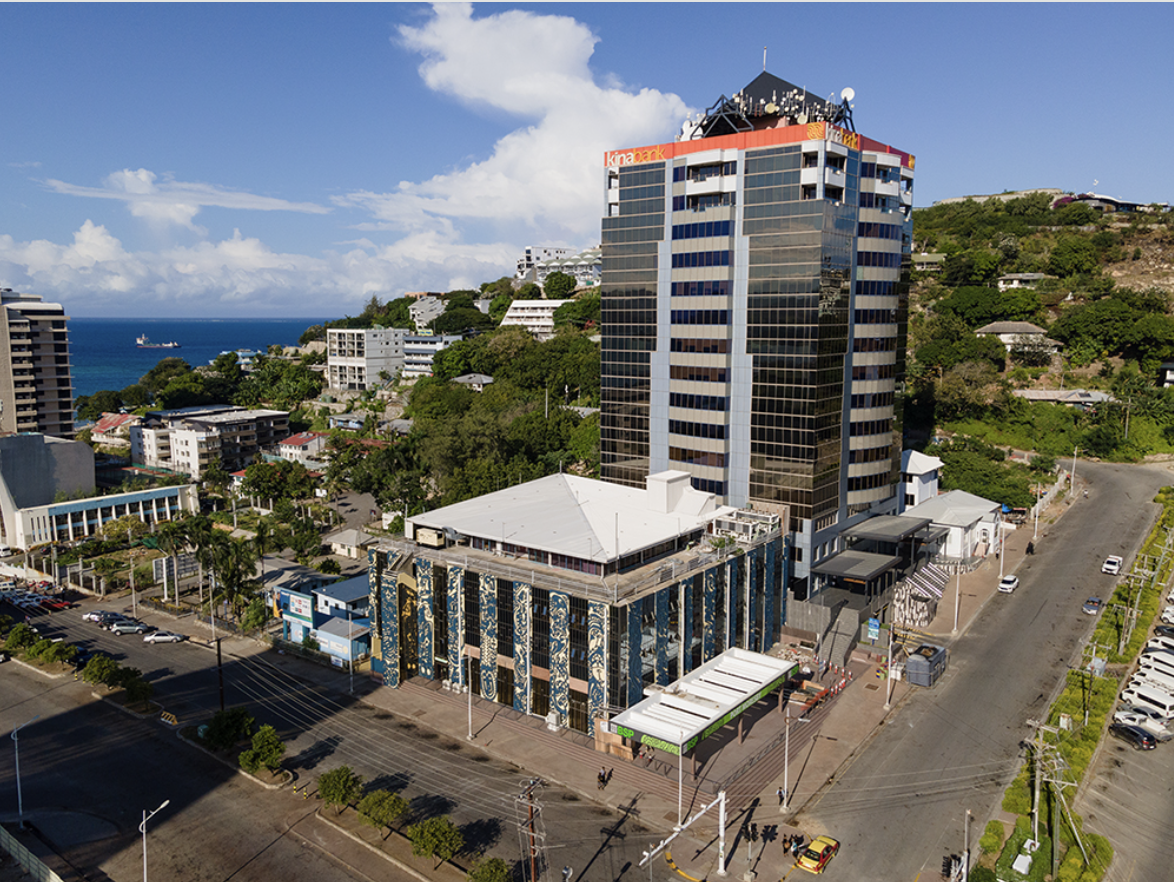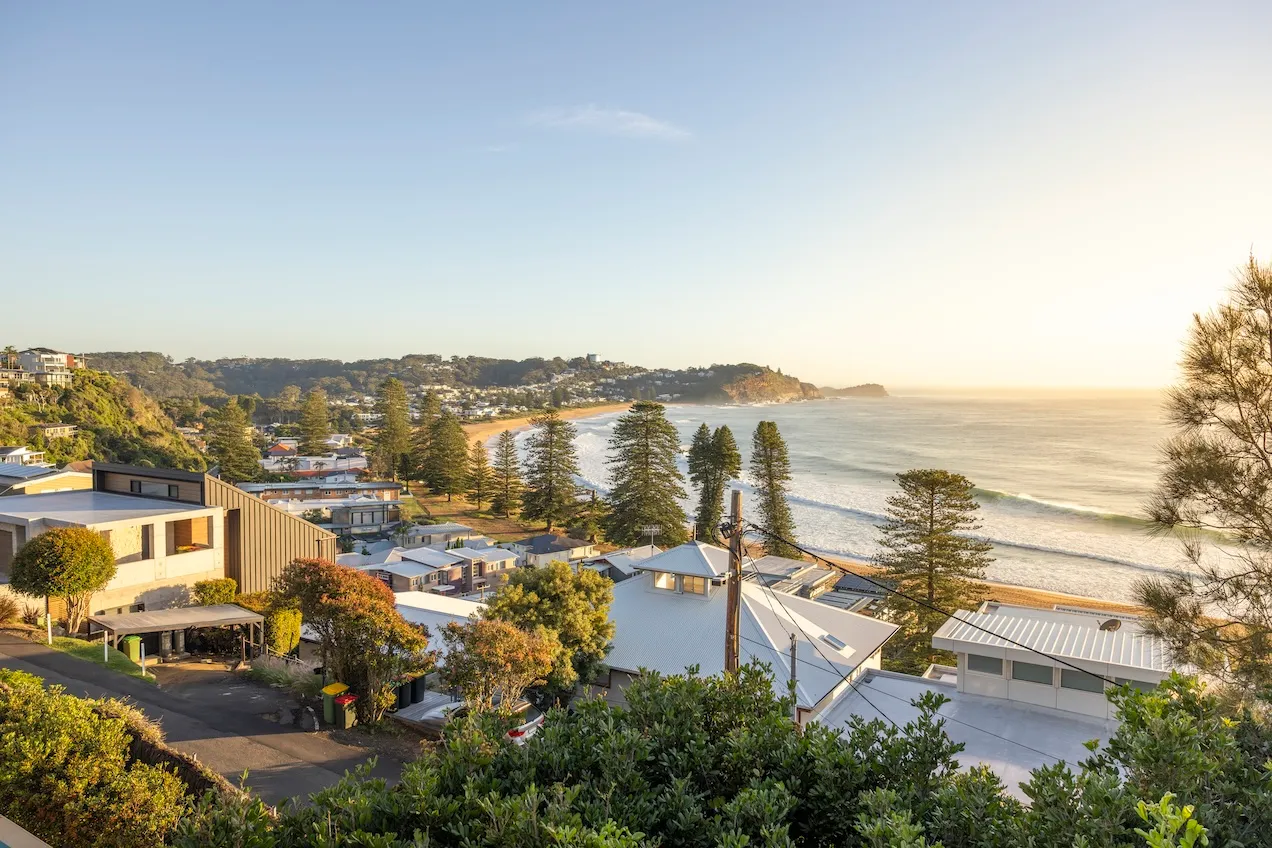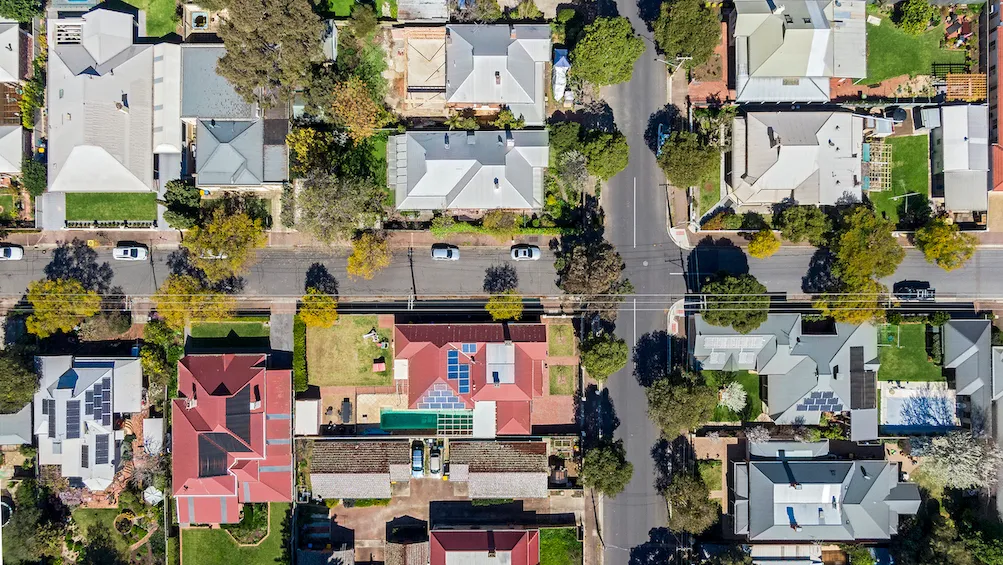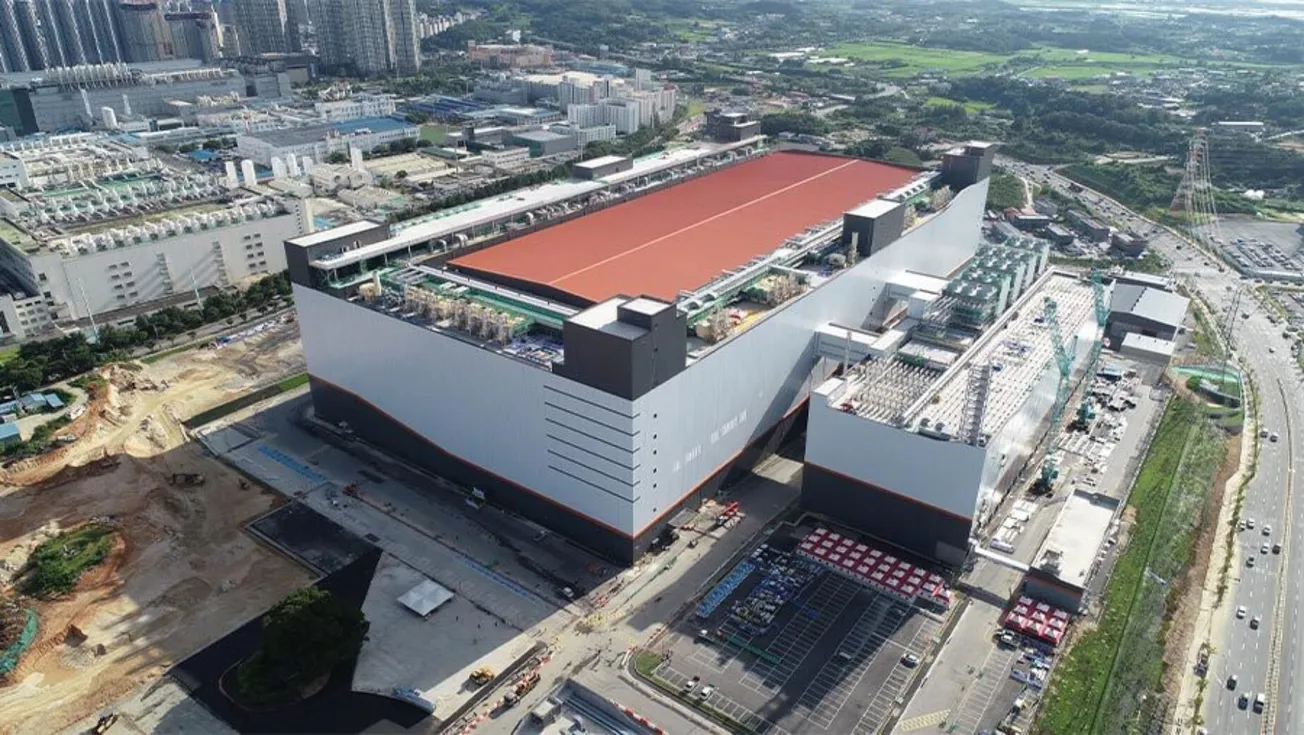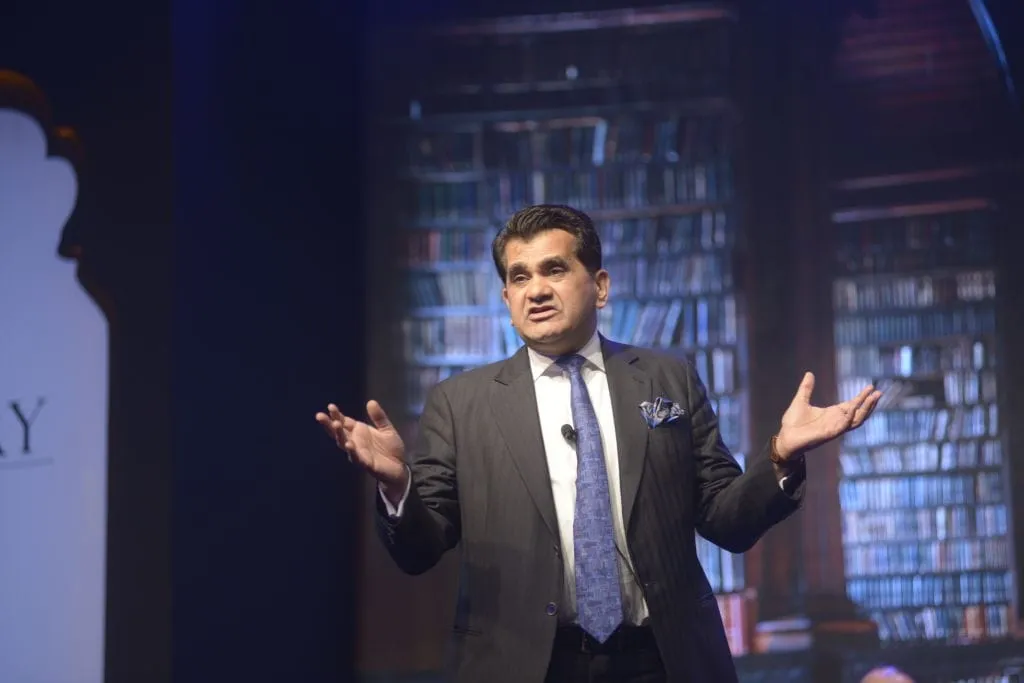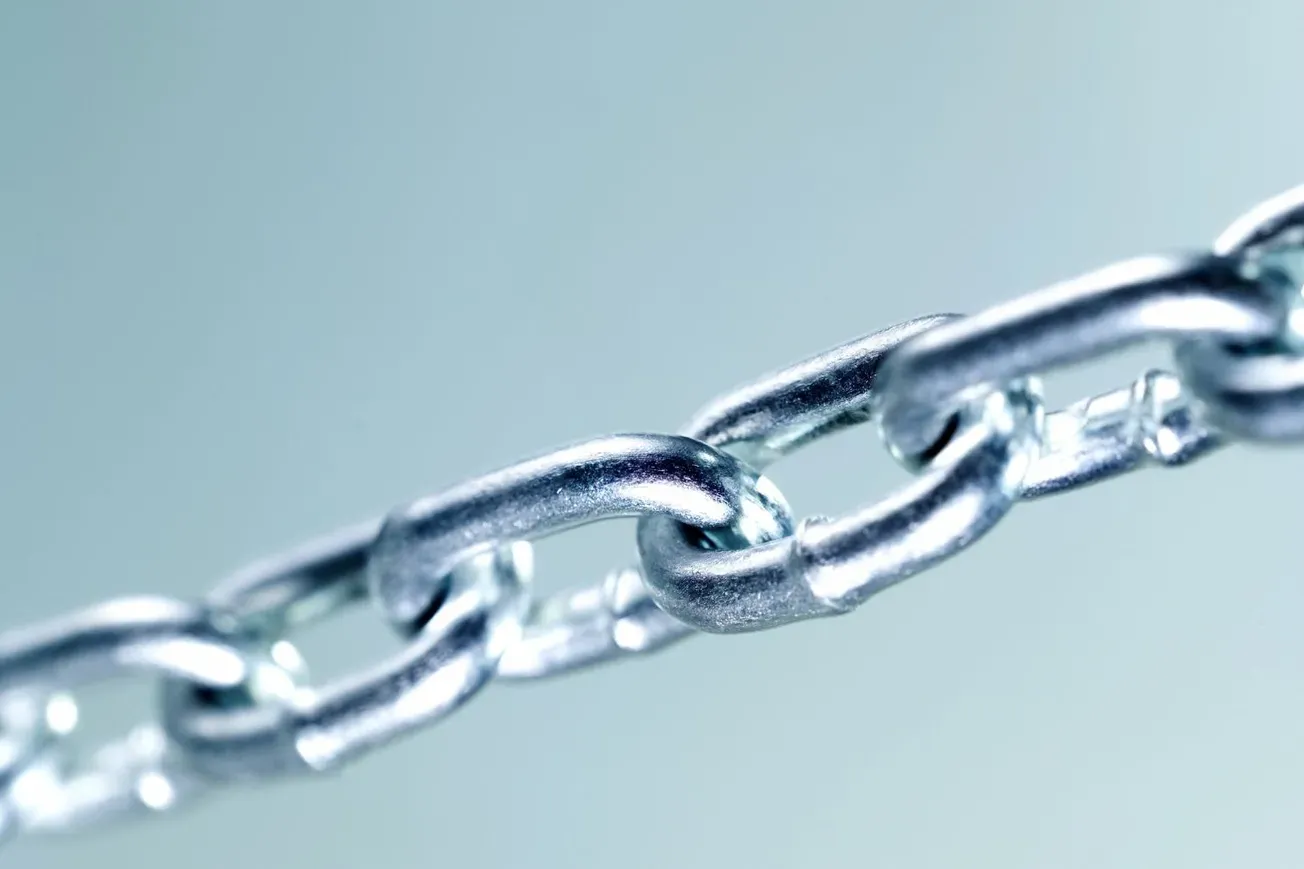Disclaimer: Asian Century Stocks uses information sources believed to be reliable, but their accuracy cannot be guaranteed. The information contained in this publication is not intended to constitute individual investment advice and is not designed to meet your personal financial situation. The opinions expressed in such publications are those of the publisher and are subject to change without notice. You are advised to discuss your investment options with your financial advisers, including whether any investment suits your specific needs. From time to time, I may have positions in the securities covered in the articles on this website. Full disclosure: I do not hold a position in Kina Securities at the time of publishing this article. To reiterate, this post and the below presentation are for informational and educational purposes only - not a recommendation to buy or sell shares.

Last week, I had the pleasure of meeting the senior management team of Kina Securities (KSL AU — US$193 million) — a Papua New Guinea- (“PNG”) based commercial bank listed on the ASX. Participants included Kina Securities’ CEO Ivan Vidovich and CFO Johnson Kalo.
The bank trades at a modest P/E ratio of 8.2x with a dividend yield of 9.2%. While the share price has risen recently, it remains well below its all-time high in 2019.
Having recently written about frontier market commercial bank Halyk Bank, I wanted to understand how the PNG banking market compares to other frontier markets. Specifically, I wanted to understand whether there might be an upside in PNG’s private sector credit penetration and whether banking super-apps might help bring individuals into the formal economy.
Table of contents:
1. The PNG macro backdrop
2. Introduction to Kina Securities
3. The bull case for Kina Securities
4. The upside from digital services
5. Kina’s capital allocation
6. Conclusion
1. The PNG macro backdrop
Papua New Guinea (“PNG”) is located east of Indonesia and north of Australia. Its capital is Port Moresby, but most of the population lives in rural areas.
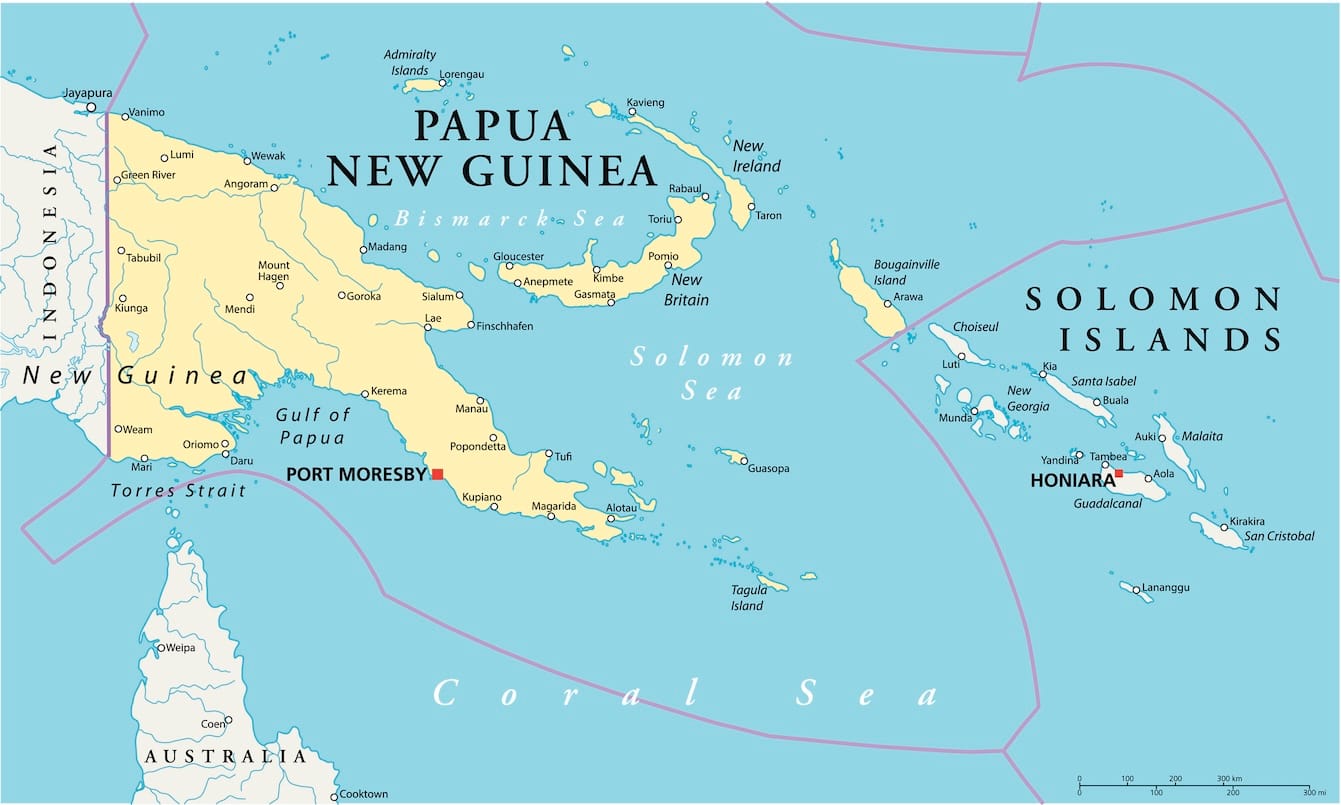
It’s a small country. It has a population of 12 million people with a median age of just 21. The population growth has been close to 2% per year, though falling. With an aggregate GDP of US$31 billion, GDP per capita remains low at just US$2,600.
There have been tribes on the island for at least 50,000 years. Portuguese explorers came in the 16th century, calling the island “Papua”, referring to the frizzy hair of the local Melanesian people. In the 19th century, the Dutch claimed the Western part of Papua, the Germans the Northern part and the British the Southeastern part. Eventually, the Western part of Papua came under Australian administration, where it remained until independence in 1975. The new country’s new became Papua New Guinea (“PNG”).
Today, most of the population lives in the fertile central highlands. Poor employment opportunities in cities mean that most of the population survives on simple farming, with crops such as coffee, cocoa, and palm oil. Only 14% of the population live in cities such as Port Moresby, with its ~400,000 population.
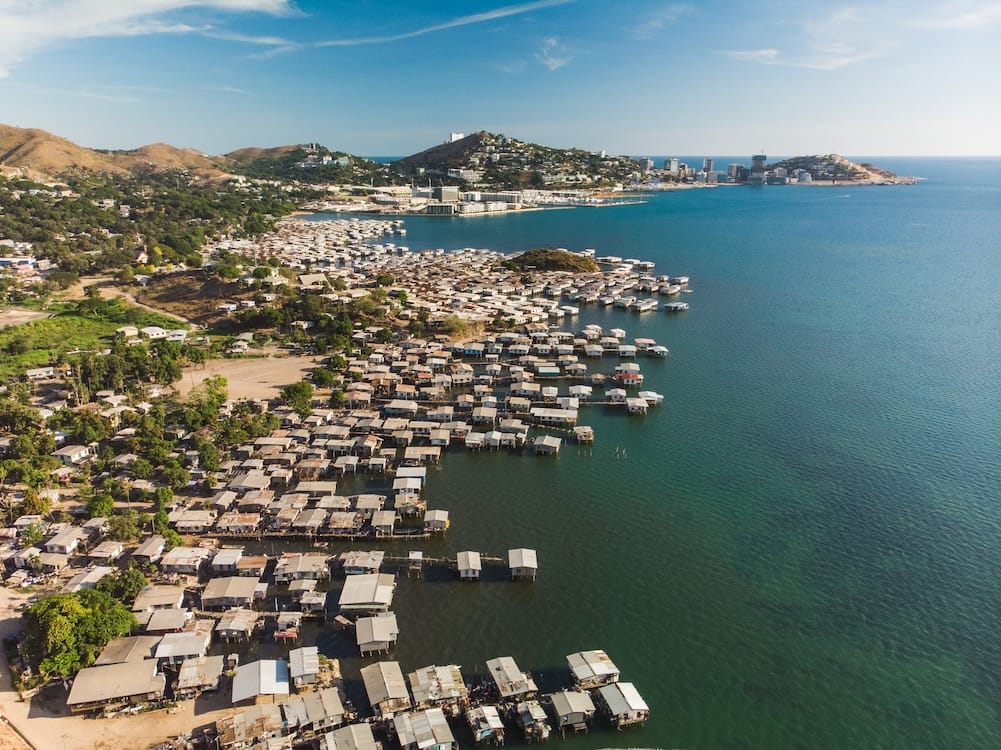
PNG has a mixed reputation. It’s known as a violent country, with over 800 tribes— each with their languages — clashing in and outside of cities. Women, in particular, are advised to take precautions.
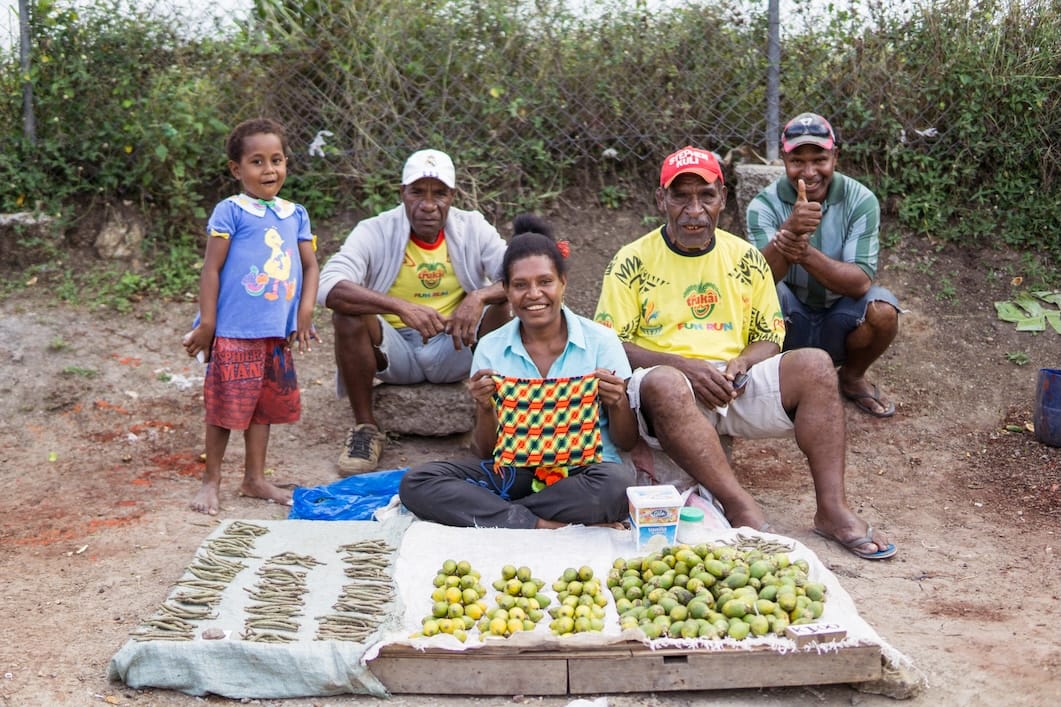
It is a resource-rich country, however. It has plenty of natural gas, crude oil, and gold developed by global resource companies such as Exxon Mobil, Total and Santos. Resource extraction is about 30% of GDP and is likely to grow. Four major resource projects are in the pipeline with aggregate investments of about US$30 billion. Hopefully, those will yield benefits for years to come. That said, PNG’s real GDP per capita growth has been modest in the past:
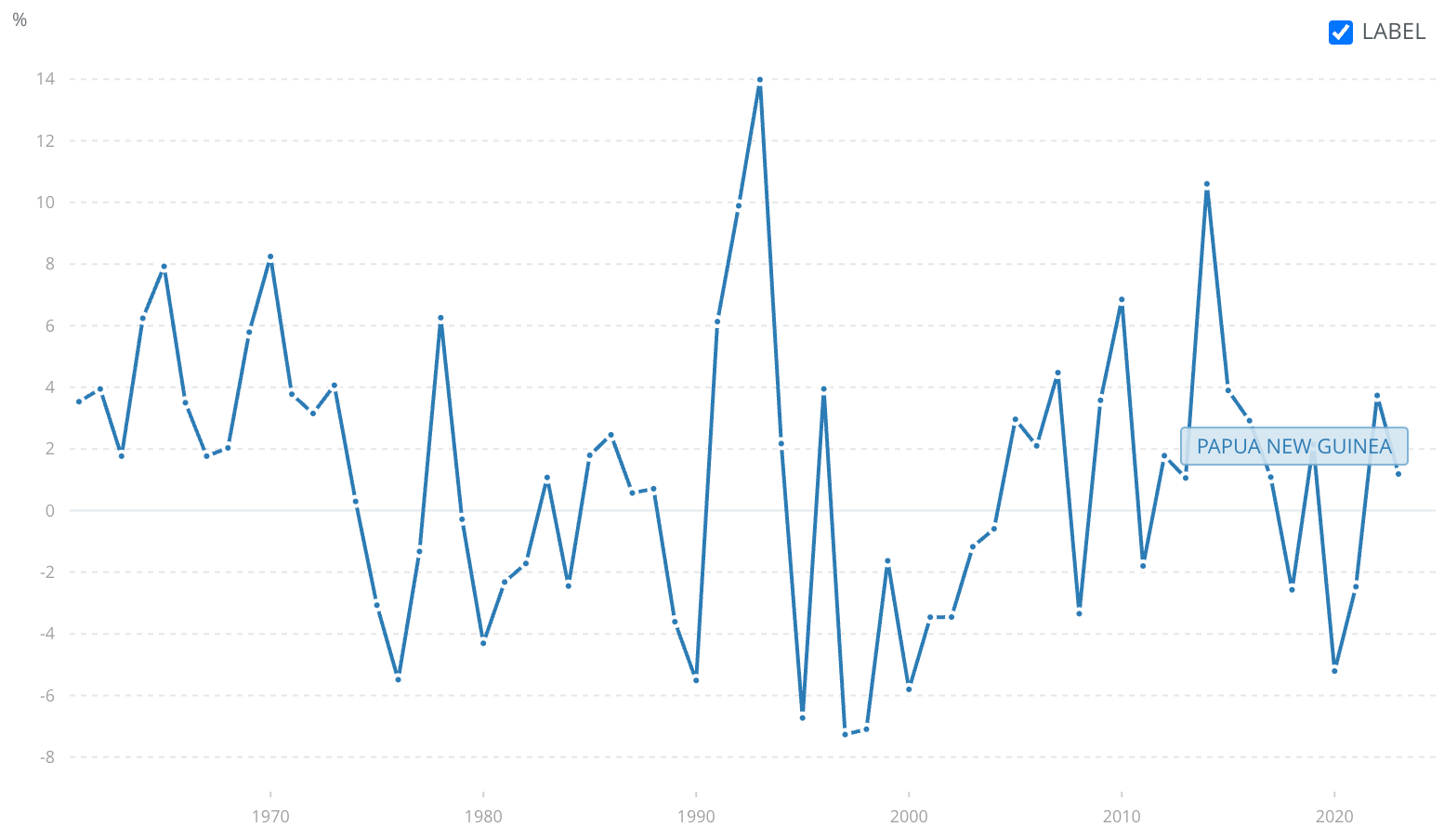
Politics have been stable. There have been elections since 1964, when it was still under Australian administration. The current administration under President James Marape has been in charge since 2019. Many of the institutions match those of its former administrator, Australia.
The country’s currency is the “Papua New Guinean Kina” or simply “Kina,” abbreviated as “PGK.” One US Dollar is worth around 4.1 PGK. I don’t expect significant volatility in the exchange rate.
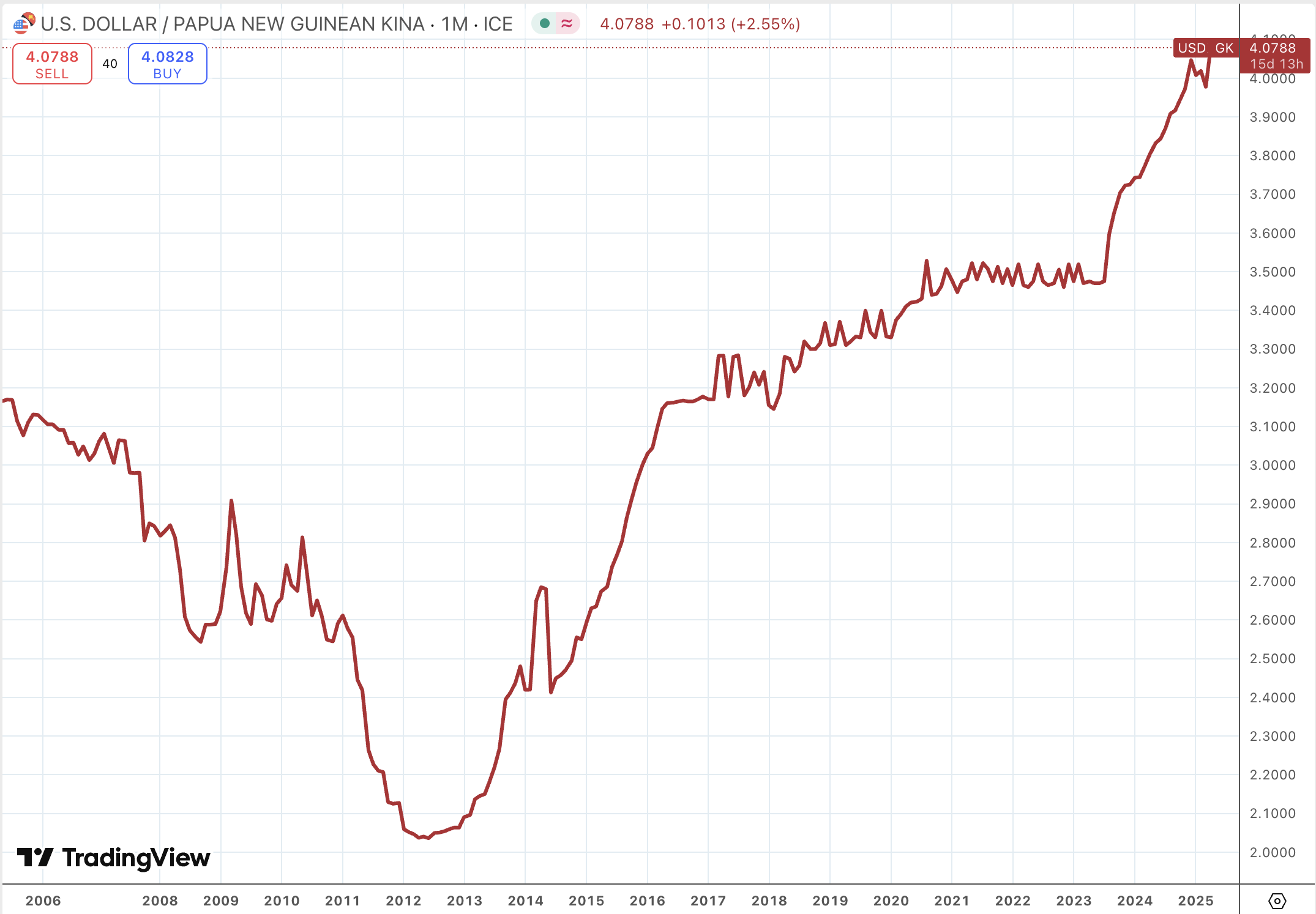
PNG’s current account balance shot up in 2014 thanks to a surge in LNG exports, supporting the currency:
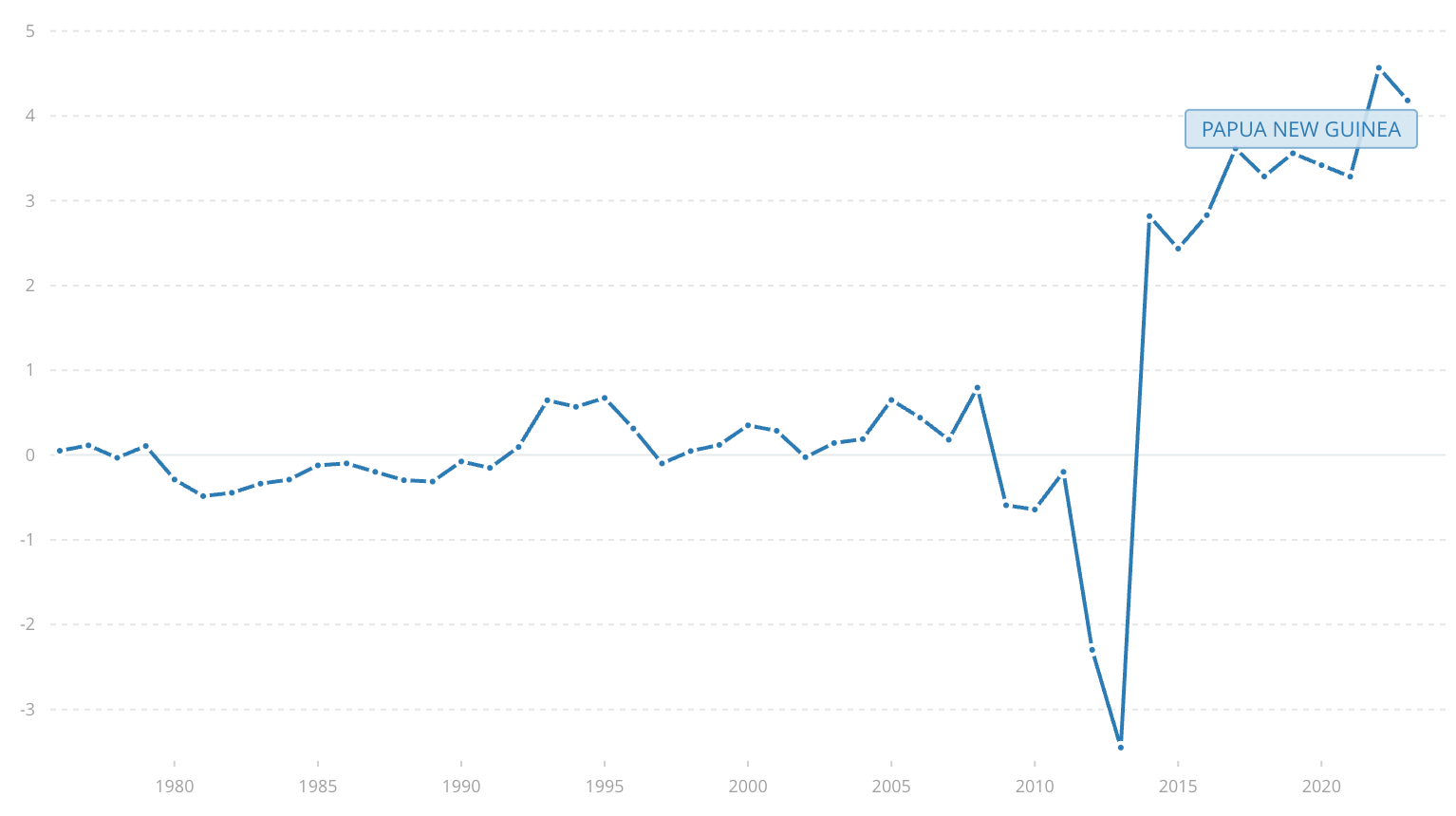
The country’s budget deficits are modest at around 4% per year, and inflation is about 4-5% per year — better than many other frontier markets.
So overall, I think the macroeconomic backdrop is favorable. Especially when you consider that PNG’s private sector credit penetration is only 17%, with 80% of the population remaining unbanked. That’s where the opportunity is for the nation’s commercial banks, including challenger bank Kina Securities.
2. Introduction to Kina Securities
